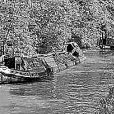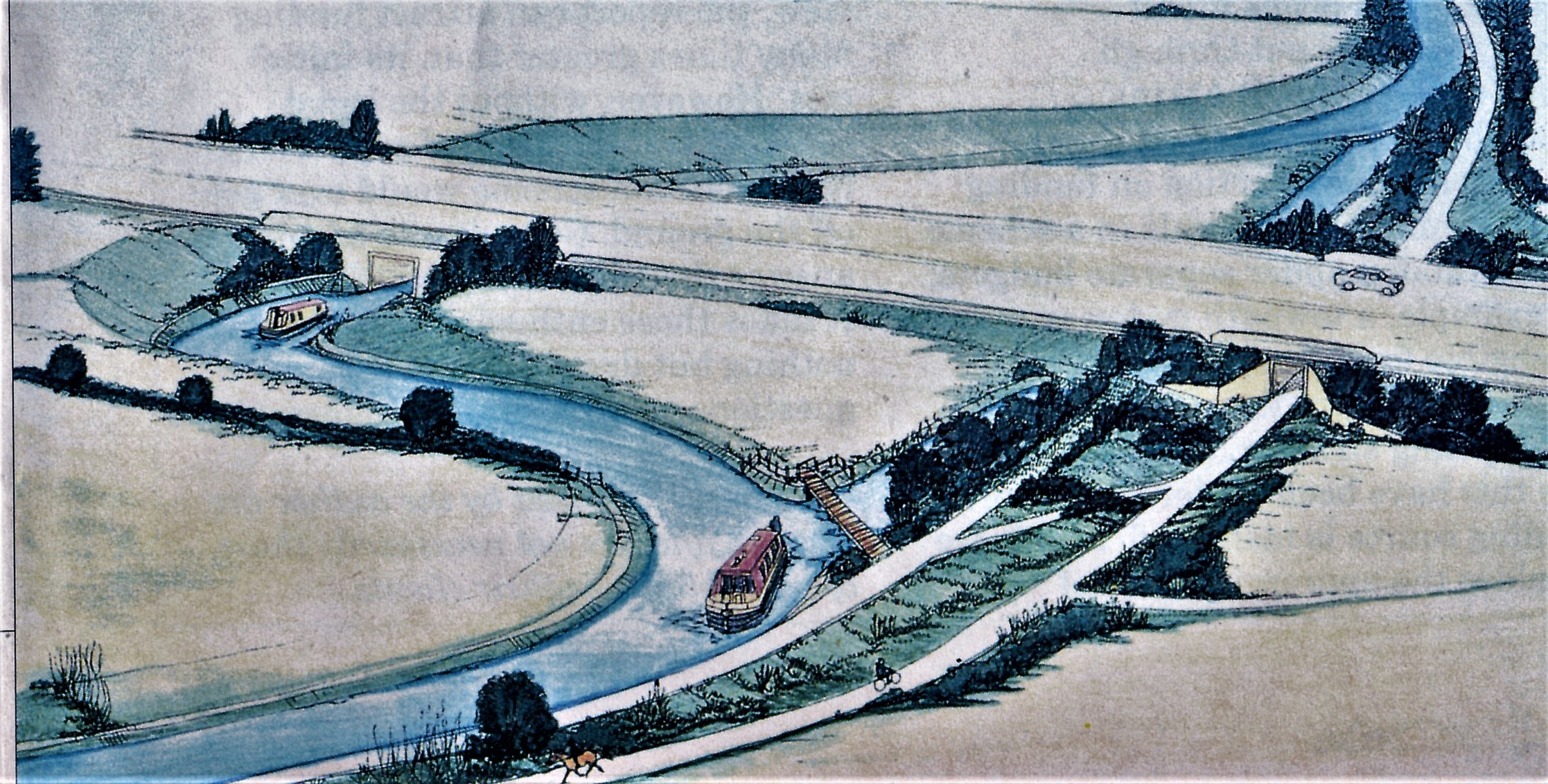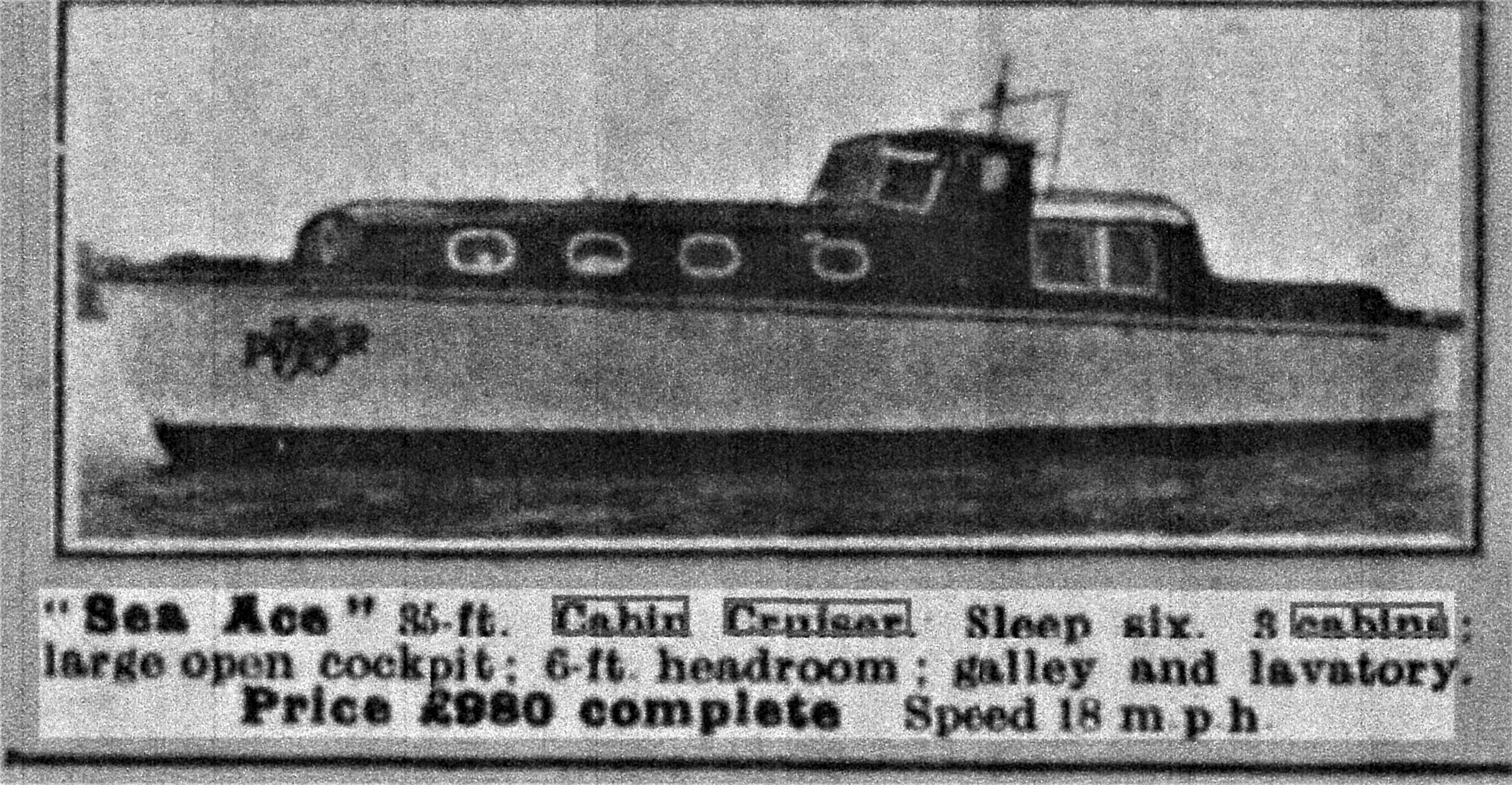-
Posts
3,397 -
Joined
-
Last visited
Content Type
Profiles
Forums
Events
Gallery
Blogs
Store
Everything posted by Heartland
-

A return to D&IWE areas or the beginning of the end of CRT??
Heartland replied to Laurence Hogg's topic in History & Heritage
"C&rt spend money to try and save money by spending more money to help them loose touch with local areas by making the areas bigger...." I sort of formed that opinion too and if true there is a worrying time ahead. If I recall the CRT have so many years of Government Funding then finances will become more restricted. What then? With regards to the partnerships what is their role. They may suggest and influence decisions, but is this a practical device or are they in their present role ineffectual? -

A return to D&IWE areas or the beginning of the end of CRT??
Heartland replied to Laurence Hogg's topic in History & Heritage
It is very useful to see what the partnership meetings have to say and state. The last one for the West Midlands is from the start of November with another two to add notes for up to start of December. There is a reference to a proposed heritage trail in the last from Chances Glassworks into Birmingham- I wonder which way they intend to go? via the 473ft at first or all along the 453 ft level? Looking at all the reports over time, it is with dismay that little is proposed or suggested for improving boater access and provide new moorings, or discuss Icknield Port that horrendous eyesore, or to look at safe places to walk where muggers are deterred from operating, or where a daily Tour de France is discouraged, or where the failed Banksy's of this world try their pitiful attempts of art on any surface, wall or metalwork in fact should the people attending these meetings be focused on what is needed. It is not to credit of the present IWA chairman that he appears not to have had an impact on such matters! I know from previous conversations with said gentleman that it was on his agenda. -

How Many Straws To Break The Camel’s Back ?
Heartland replied to Alan de Enfield's topic in General Boating
One comment made on this thread is the worrying item relating to the CRT and the way they appear to take all viewpoints to the detriment of the boaters. Whether this true is a matter for discussion. The number of different groups that now have an influence on CRT policy must, however, be a matter of concern as every important decision can be clouded by diversity of opinion. It is not the case of a strong voice or vision, winning through, but a mixture of views diluted by a savage political correctness. In the old days of the Board it was the case of making a decision, whether for the best or not. Now the agenda is lost and priorities forgotten often to suit ideas and concepts that have little relevance to the good of the working waterway. That is not to say that heritage or wildlife should not be forgotten, each has its place, but the myriad of other topics that have come to the fore since the formation of CRT amounts not to straws, but large boulders that promise to crush the camel deep into the sand. -
There is a lot to be said for the far sighted Lichfield & Hatherton Trust whose latest challenge is to raise funds for the railway underbridge near Lichfield. As to the Derby Canal this 1996 artistic impression may have been a reality now:
-
Whatever happened to the crossing over the Derby Canal by the A564. There was a plan to divert the restoration project to a new bridge site, but that was some 20 years ago. Despite a lot of different schemes being proposed including the swinging aqueduct over the Derwent. Not a lot has been achieved.
-
I wonder if your friend was really a fiend! It will be however to see what the engineer wrote about British Canals
-
Was the steam launch Black Angel the first canal cruiser? On August 4th, 1876 Peter Willans set off for a journey from the Thames at Henley to Yorkshire that would take in inland waterways and rivers. He did it, at least in part, to prove the advantages of his patent engine. In doing so Peter encouraged other explorative voyages. These included Temple Thurstan on the Flower of Gloucester and Lionel Thomas Caswell Rolt on Cressy. What ever happened to Black Angel?
-

A return to D&IWE areas or the beginning of the end of CRT??
Heartland replied to Laurence Hogg's topic in History & Heritage
Yes the Docks & Inland Waterways Executive- this was formed on January 1st 1948 and was one of the Executives responsible to the British Transport Commission. It acquired docks and independent waterways and then had transferred to it the railway owned canals (1948-1950). Not all waterways came under BTC /DIWE ownership, though. waterways such as the Manchester Ship Canal remained separate and that id why the Bridgewater has a separate license. The next Government changed the structure abolishing the executives (apart from London Transport) and creating the Board organisation. For the waterways they had their own board and British Transport Docks became a separate organisation. Although in the case of Sharpness that dock remained under British Transport Waterways control as did Keadby. So, whilst CRT are changing their management structure they cannot return to the days of the DIWE. -

How Many Straws To Break The Camel’s Back ?
Heartland replied to Alan de Enfield's topic in General Boating
I hope that is not the case as all those efforts by campaigners such as Tom Rolt and Charles Hadfield will have been lost. All those rallies and all the free time given by volunteers to bring back the system from the brink of closure to the present extensive mileage enjoyed by boaters, walkers and yes the fishermen. Fishermen need the boats to keep their their fishing areas clear and stir up the silt to improve fishing conditions, they in turn assist with the bank maintenance and also keep a watchful eye on those that pass by. As to the cyclists there are two types, those who travel along the towpath for leisure and within this group are boaters themselves with cycles. Then there are the others who use the towpath to get to work. Amongst their number are those that race along, oblivious to the needs of others or any damage they may do the path. It is this second group of people CRT should charge and penalise, if warranted. Putting back the barriers will just be a start. I see in Alan's list there is no mention of charges for cyclists! -
One can only hope that the transfer of Belmont goes ahead. There is a more general concern about the projects such as where Belmont was located, though. Time and time again schemes for preservation come into place only to find that there is little security for that which is preserved. Nottingham Canal Museum closed at the end of March 1998 following budget cuts within the council. Such budget cuts go on and on and raises the question what is safe now, particularly where local councils are concerned. Moreover are canal sites seen as a easy place to make them?
-
Oh yes, his way of depicting narrow boats is much to be desired. Looking at any painting, water colour or sketch can have the element of interpretation, but Mr Moore seems to go farther than most
-
The winter of 1962 through to 1963 can be said to have a catastrophic effect on midland canal carriers. I was told by one boatman the ice was broken up to keep traffic moving, but in sone places no water was left and craft were left stranded and sometimes damaged by the ice
-
There are at least two Ronnies, involved in the art world. This Ronald Moore studied art in Birmingham and then Oxford (1961-1968). From time to time paintings by this artist come up for sale and some include his interpretation of Birmingham Canal scenes. On his website, Mr Moore, states how he carefully drew from memory to paint various examples of Birmingham Canals in the 1960's. They are all atmospheric views showing various industries along the canal, side. In one recently sold painting he placed a good representation of the Locomotive Bridge (Huddersfield Canal) in the centre of Birmingham. So is his method artistic licence or has he crossed the border to total fantasy?
-

Mystery location on the BCN any ideas?
Heartland replied to Laurence Hogg's topic in History & Heritage
The deletion of the image,makes any observations on this topic impossible -
The location of the barriers were chosen to reduce the risk to walkers and boaters through inconsiderate cyclists passing along the towpath at speed. These locations included certain mooring spots or areas where there are a high number of pedestrians on the towpath. It seems to be a facet of our society where people believe their personal interests over-ride the wishes or feelings of others. That is why we see the unregistered trail bikes roaring along the canal side, the fixed wheel cyclists doing their bit to practice for the next Tour de France or the quad bikes churning up as much ground as possible. Sooner or later CRT will have to make a decision as to how to control this situation. The worst outcome that will affect all is the total ban for all cyclists on the towpaths of England and Wales. Few, I believe want that, but if there are more serious injuries to pedestrians, the Courts may see differently.
-
Lock maintenance is a facet of keeping the waterways open. Yet the construction techniques used at the time of building on occasion required rectification at some point in time. Building the Worcester & Birmingham Canal was a long process, with the locks between Tardebigge and Worcester being constructed over a period of some five years. Some of the locks on the approach to Worcester lacked the overspill weir. The top lock is much deeper as it replaced the boat lift that had been installed there.
-

What happens if you leave the paddles open
Heartland replied to Scholar Gypsy's topic in General Boating
Richmond Lock is also rather unusual it is termed a "half tide lock" -
Yes the B & MC are still active. On another point what were the first camping boats? I suspect Cadbury's have a claim in this regard
-
The cabin cruiser seems to become a popular choice for the leisure with the perfection of the internal combustion engine, running on petrol or paraffin, such vessels came to be found on rivers and were sea going with firms like Ailsa Craig of Chiswick supplying engines for such uses by 1910. By the 1930's and 1940's such crafts can be found in the advertisement columns of newspapers across the country suggesting they were to be found on the river at Leeds and Worcester. With the establishment, in 1935, of the Calor Gas Company (Liquified Petroleum Gas-LPG), such fuel came to be found for cabin cruiser use and enabled, because of increased availability, cabin cruisers to extend their range. Design varied as did size, centre cockpit cruisers became more common. For £135 a centre cockpit cruiser, carvel built, with 4 berths was offered for sale at Diglis Basin in May 1942. Sea going types were typified by the Sea Ace type, as seen advertised in the Illustrated London News, May 14th, 1932:
-
Nota Bene, to NB or not to NB, that is the question. Perhaps the answer is NB is a widely used abbreviation for Narrowboats or Narrow Boats, whether they are powered or not. Whether a term is applied for the larger craft is another matter, because each type of craft, Trent Boat, Keel, Wherry etc all have separate identifications. For the Narrowboat the term is generally more general unless you own a Josher or Bantock, perhaps
-
Not only dogs for egos, although dogs carried in hand bags seems to be on the increase, there are the aggressive dogs that some people breed and keep for sport and fighting. Still it all adds to the joys of towpath walking. Friendly, or not so friendly, dogs; not so friendly geese or swans, dive bombing land gulls and rogue cyclists are all part of the challenge.
-
Over the years this challenge has been run. Is there an overall winner for the most points accrued? That is to say every year there is a winner, but for this time it would be nice to know the best ever!
-
I gather Howard decided to retire some time ago. Nice guy.
-
Yes sorry, Elland, is what I meant to say. The warehouse now restored was on the site of one of the connections with the river. The Calder & Hebble canal sections were gradually added over time, with at first, the canal sections being short lengths around weirs. Eventually the whole length from Sowerby Bridge to Brighouse became a canal.
-
Good Idea, Brian Closing the barriers again might also help....





